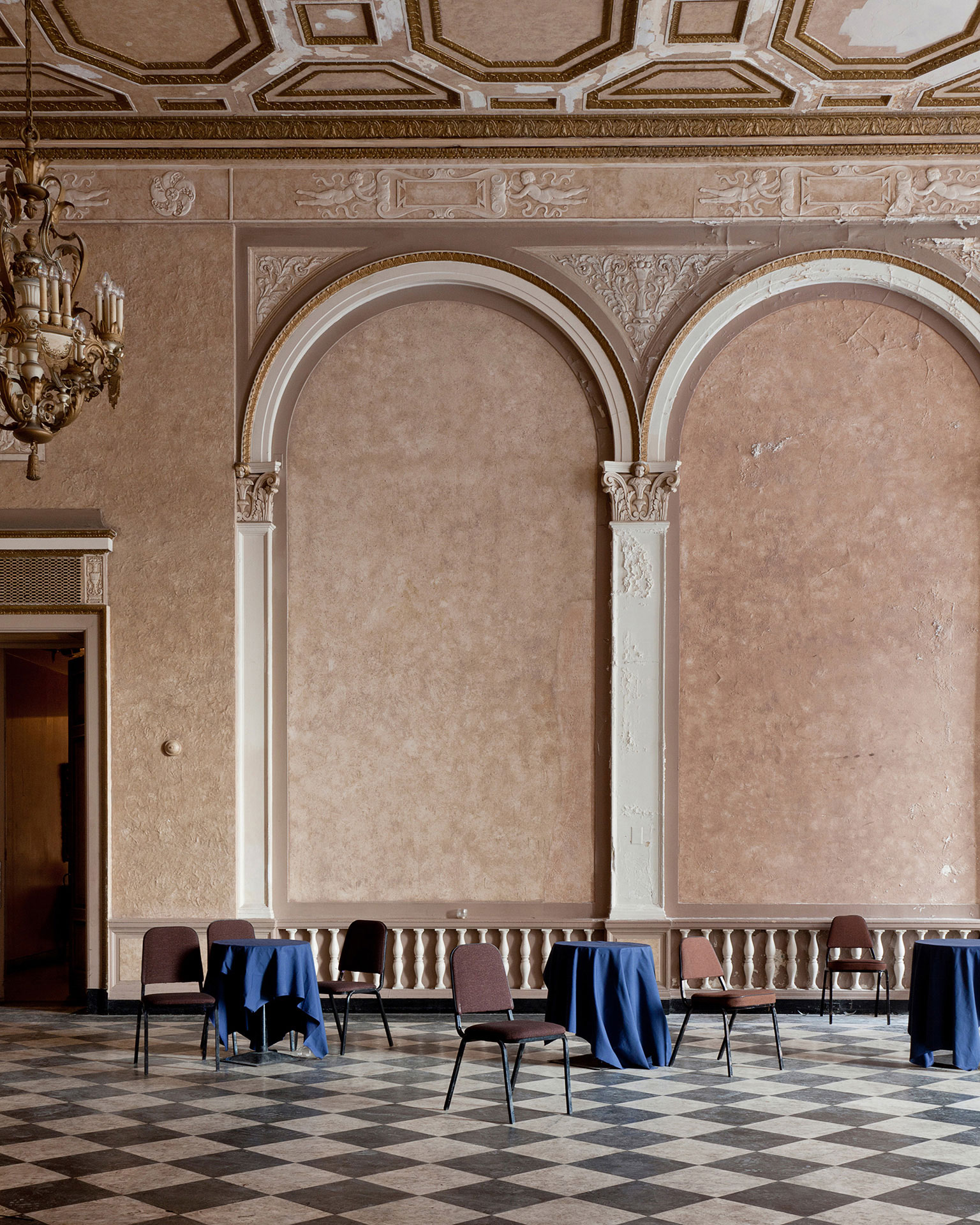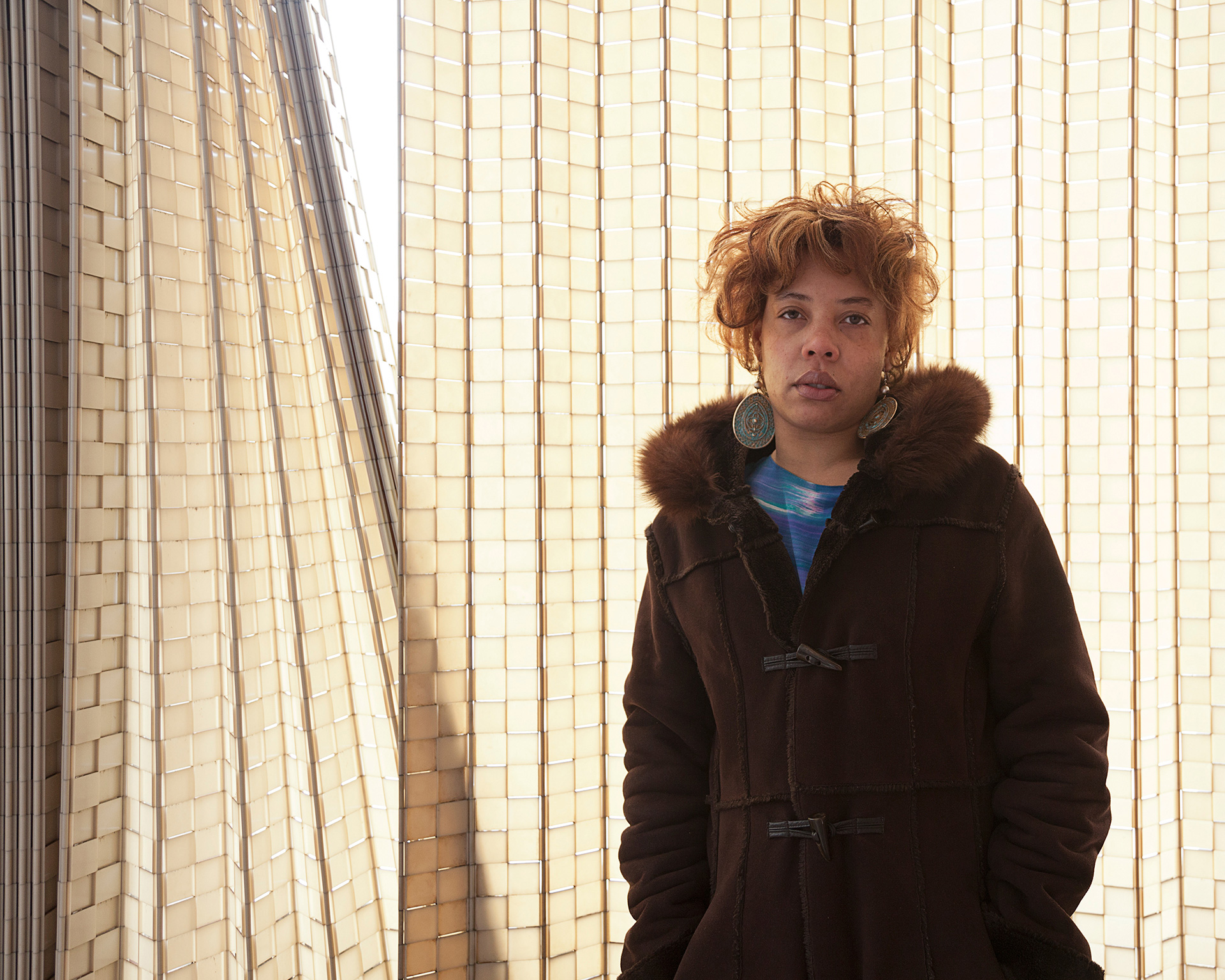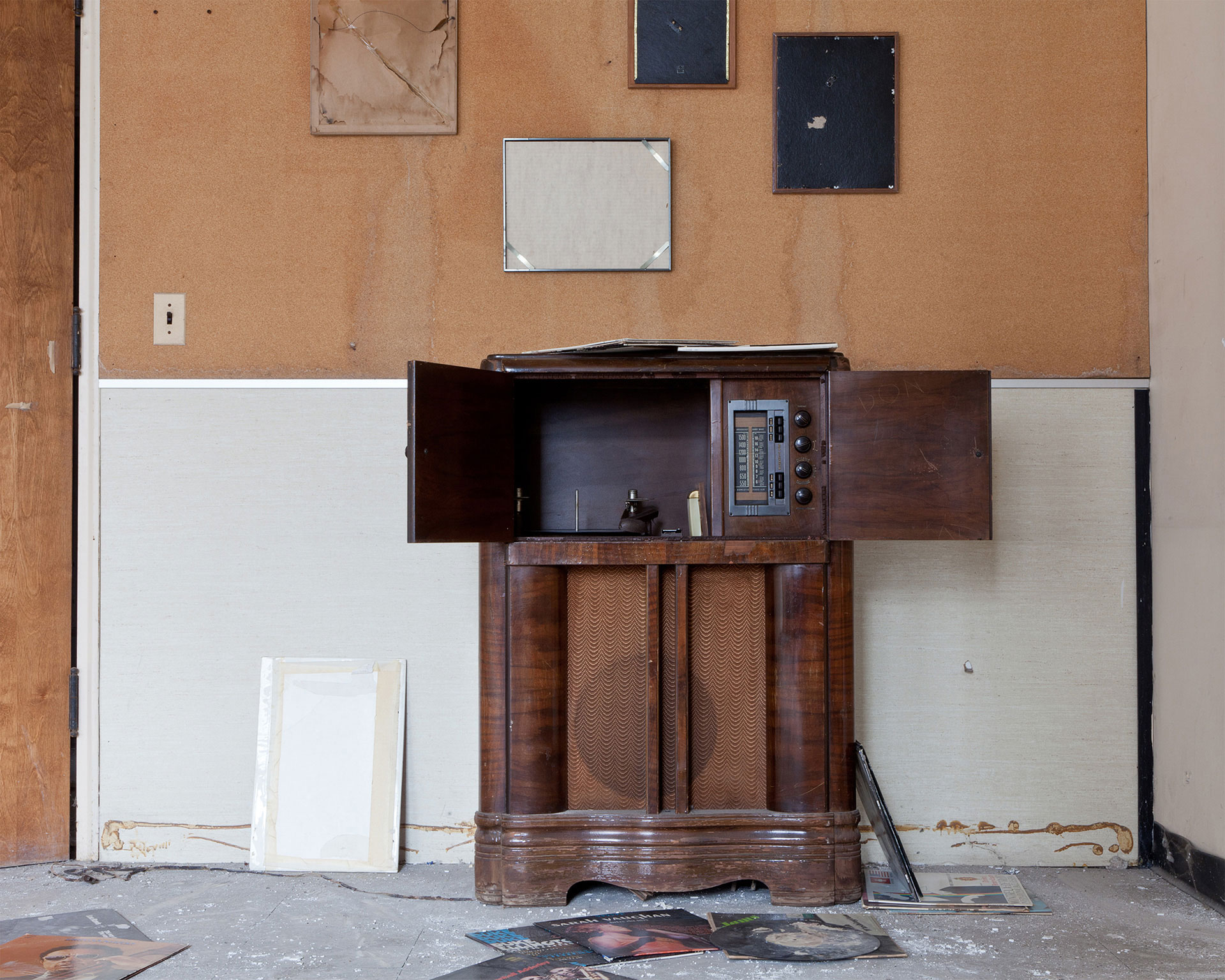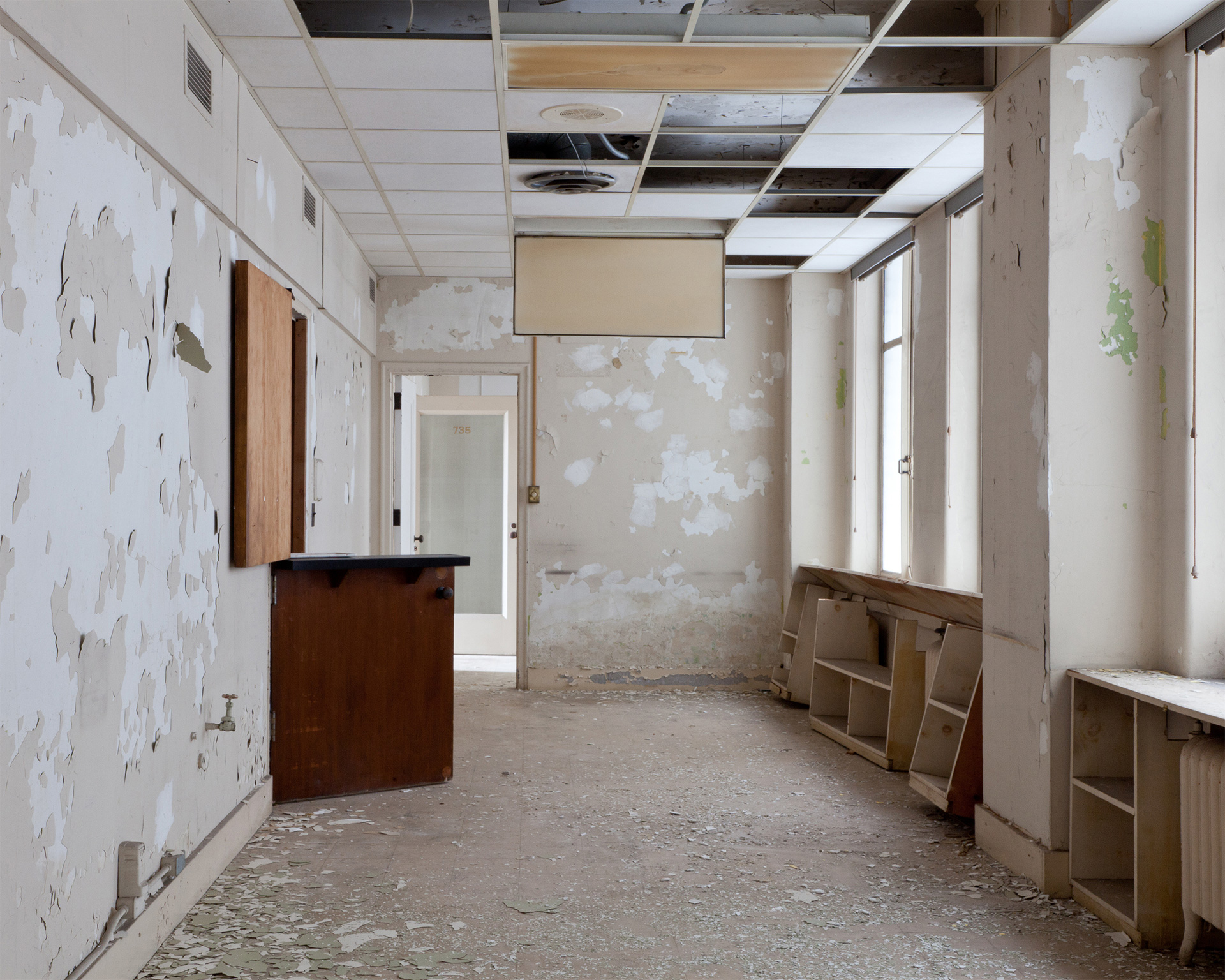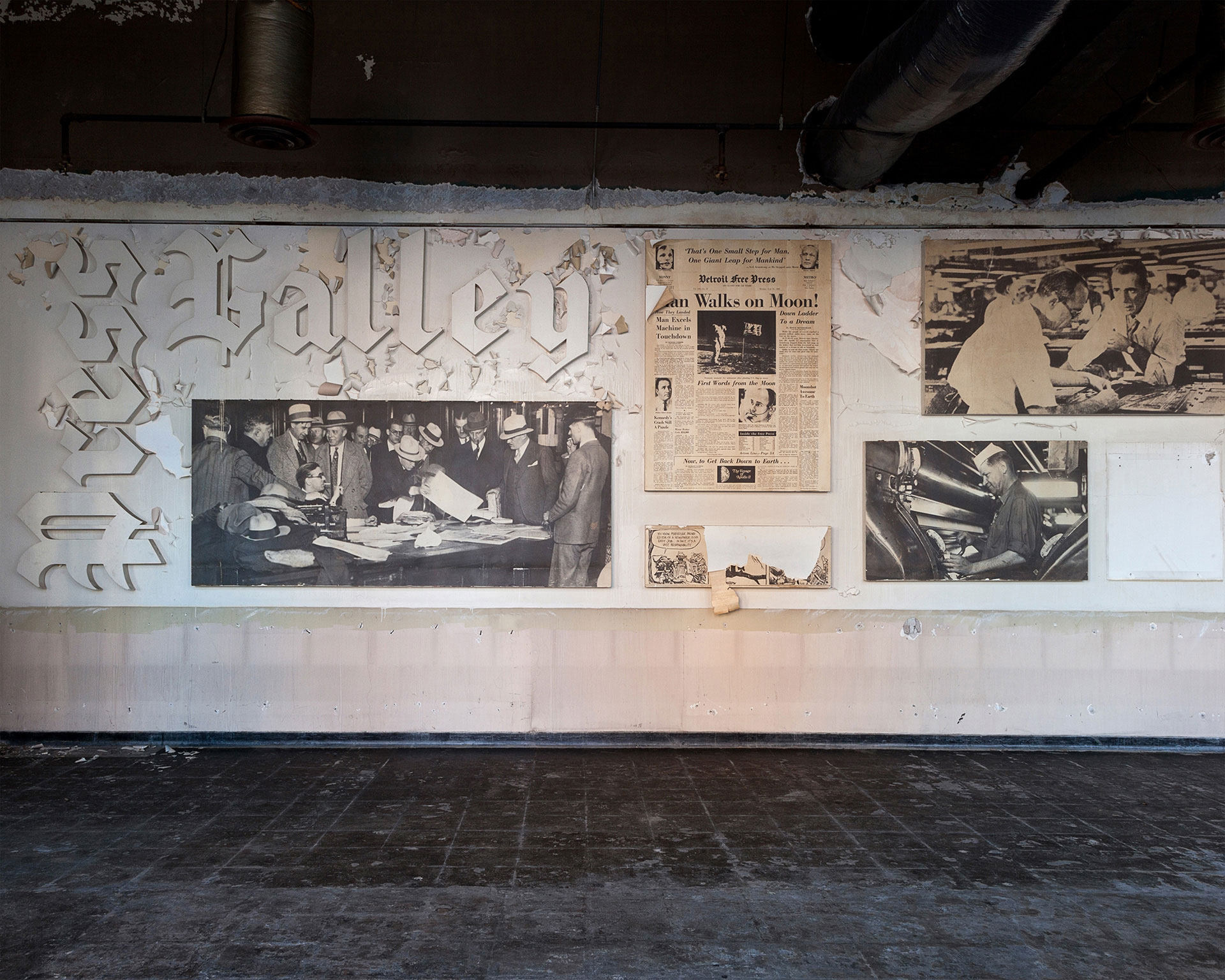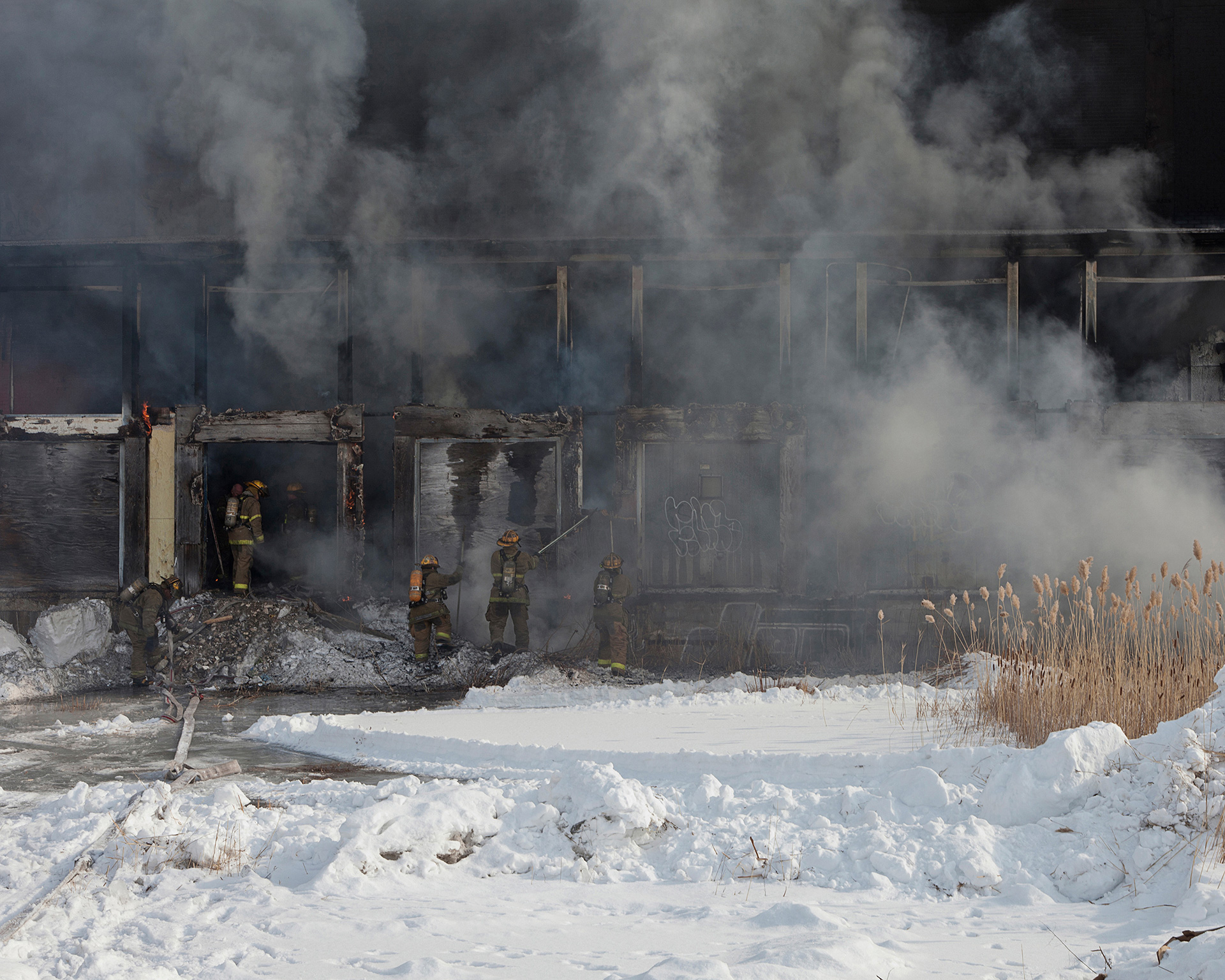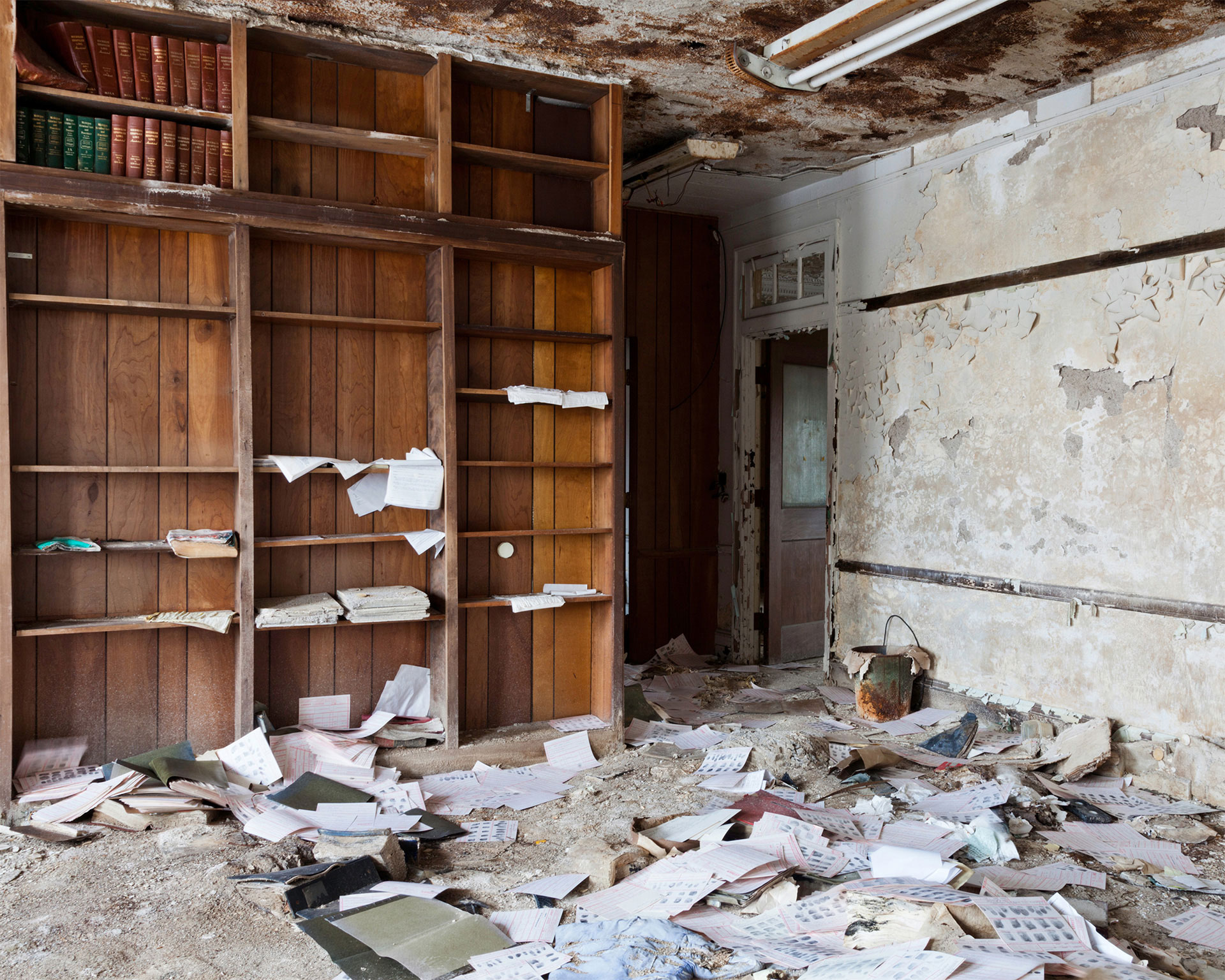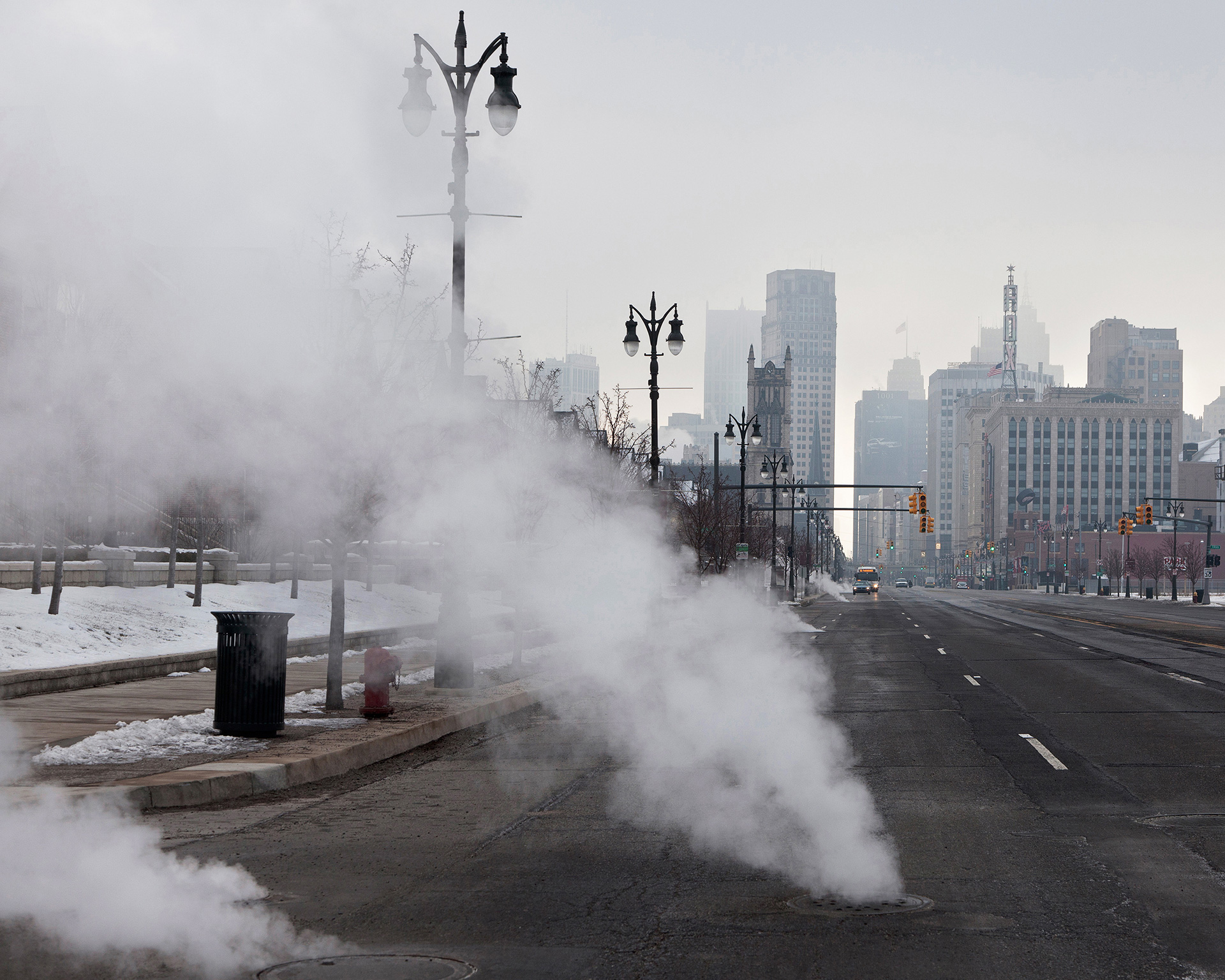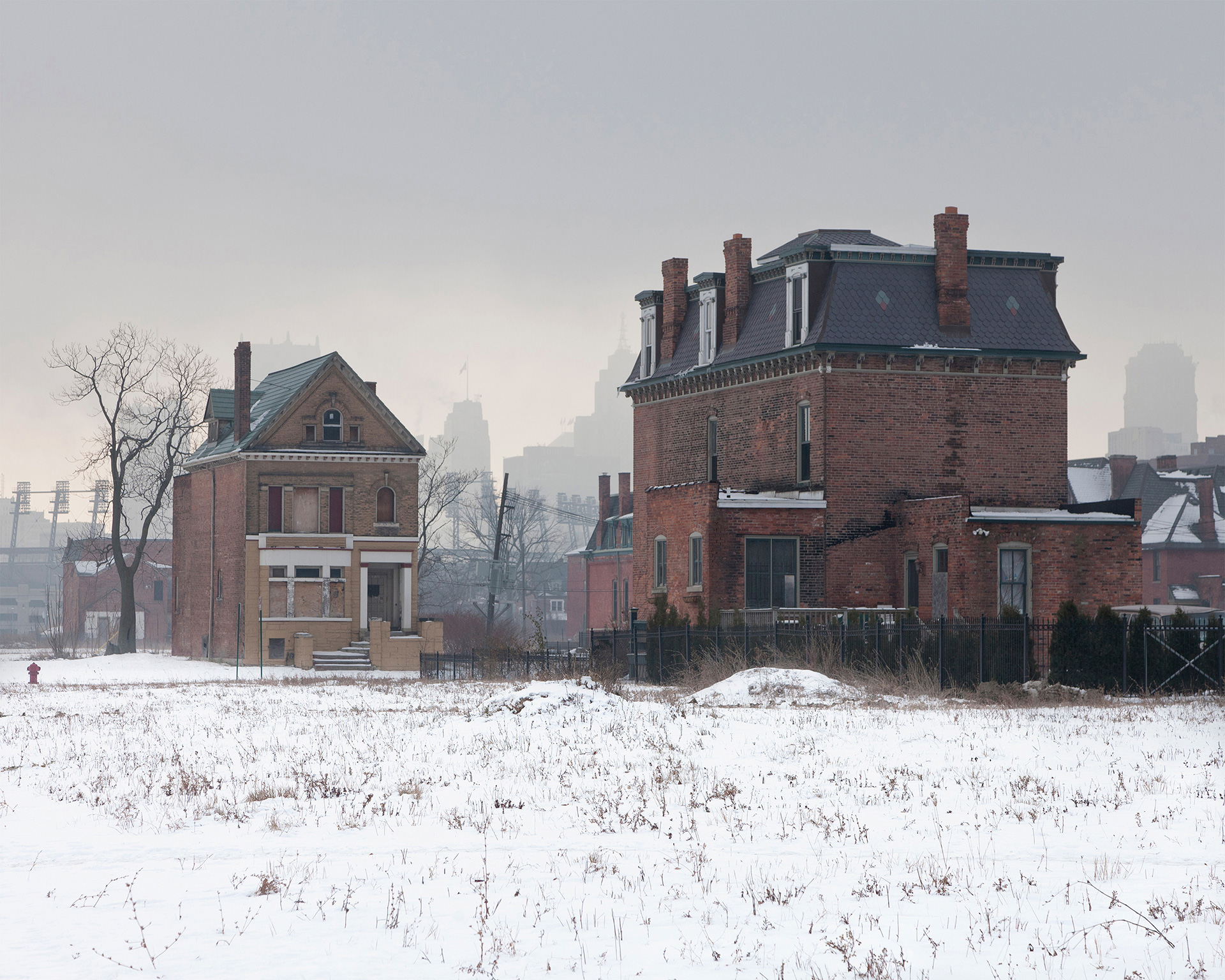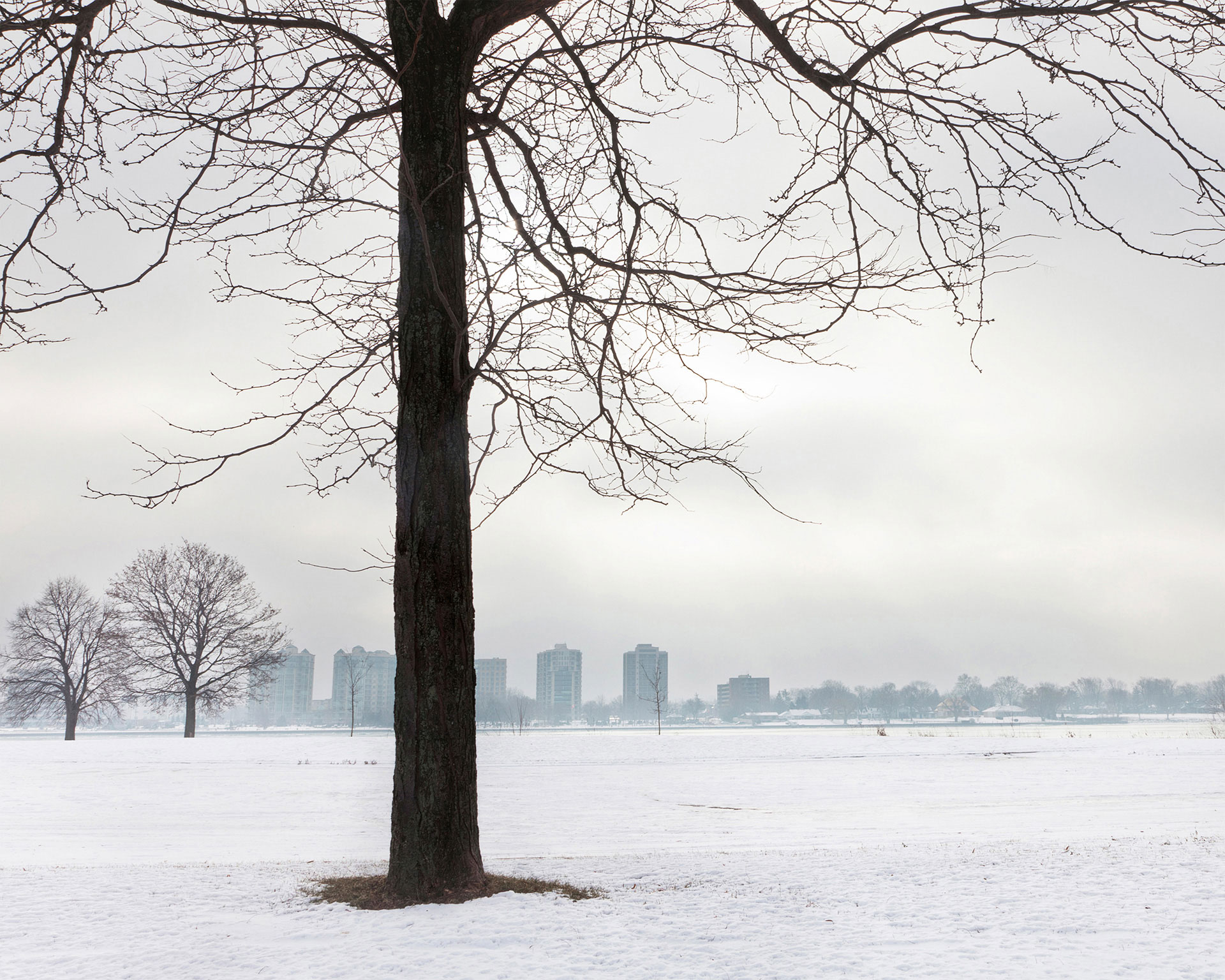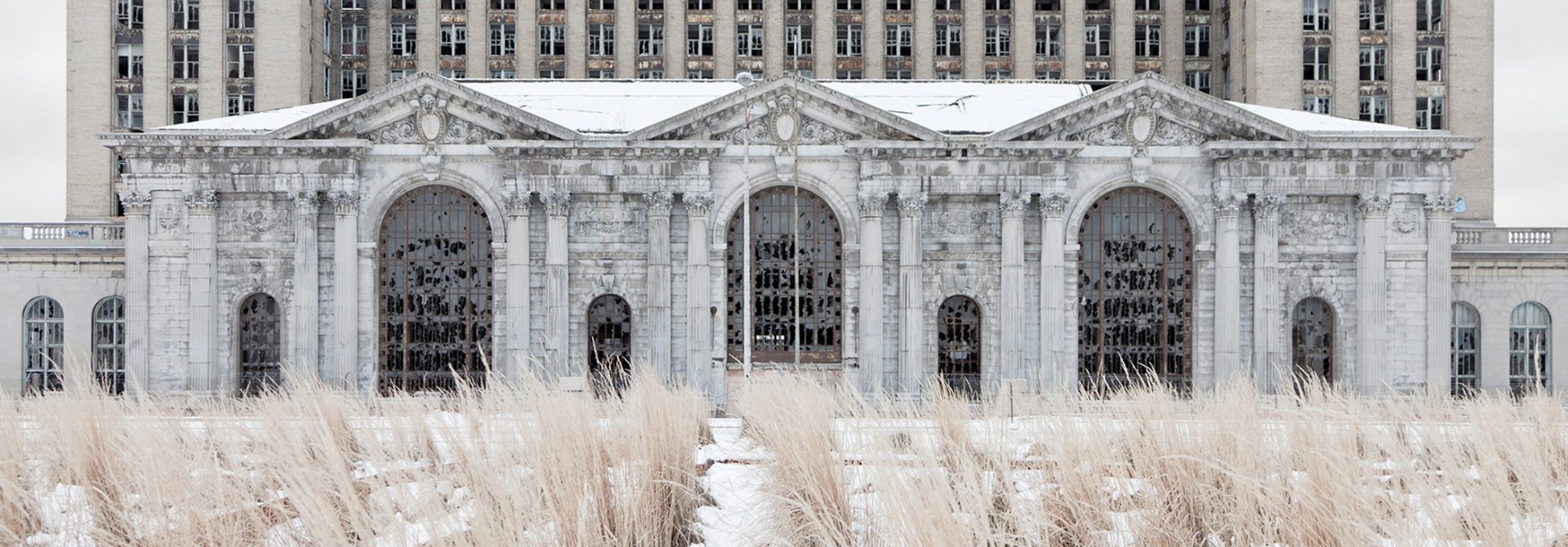
Collapsed World: Detroit, a Ghost City

American photographer and photography professor. Exhibited her work in Europe and America. Her photographs were published in Musée, Blink, The Photo Review, Conveyor Magazine, Dazed, and Juxtapoz.
In the mid-1950s, Detroit could compete with New York and New Orleans in the number of skyscrapers, but by 1980 it was already number one in unemployment, poverty, and child mortality rate, getting the title of the most dangerous and troubled city in the US.
In the summer of 1967, police raided an illegal bar in Detroit. The clashes between police, guests, and random passersby turned into mass unrest that lasted for five days. During this time, the citizens robbed 2,500 shops, destroyed 400 houses, and 500 more buildings had to be taken down because of the level of damage. The losses totaled around $65 mln. The unrest became the starting point of Detroit’s decline: thousands of small businesses decided to transfer their companies to safer places.
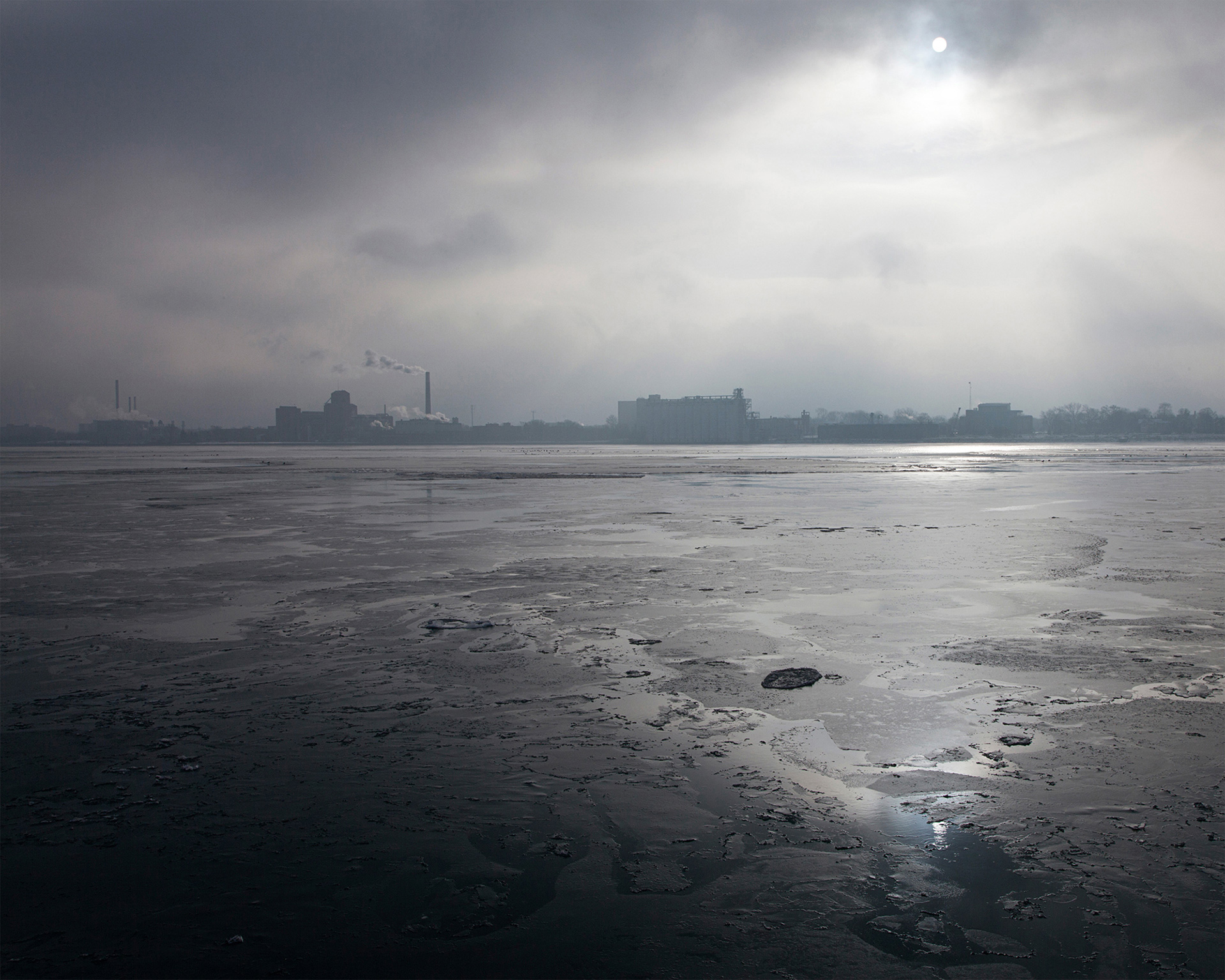
At the same time, the market was gradually starting to use automated production, and the demand for physical labor seriously declined. Thousands of people were left without jobs. The oil crisis of 1973 hit hard such giants as Chrysler, Ford, or General Motors: the price of gas increased, and uneconomic American cars could not compete with Japanese or European models that needed less.
They stopped building new housing in the city; the outflow of citizens continued. Entire districts remained deserted. Abandoned buildings attracted drug dealers, vandals, and street crime.
Detroit is one of the few cities in the States that lost almost two-thirds of its employable population in the last 50 years — about 1.2 million people. In 2013, it became the first bankrupt city in the United States, with an external debt of $18.5 billion.
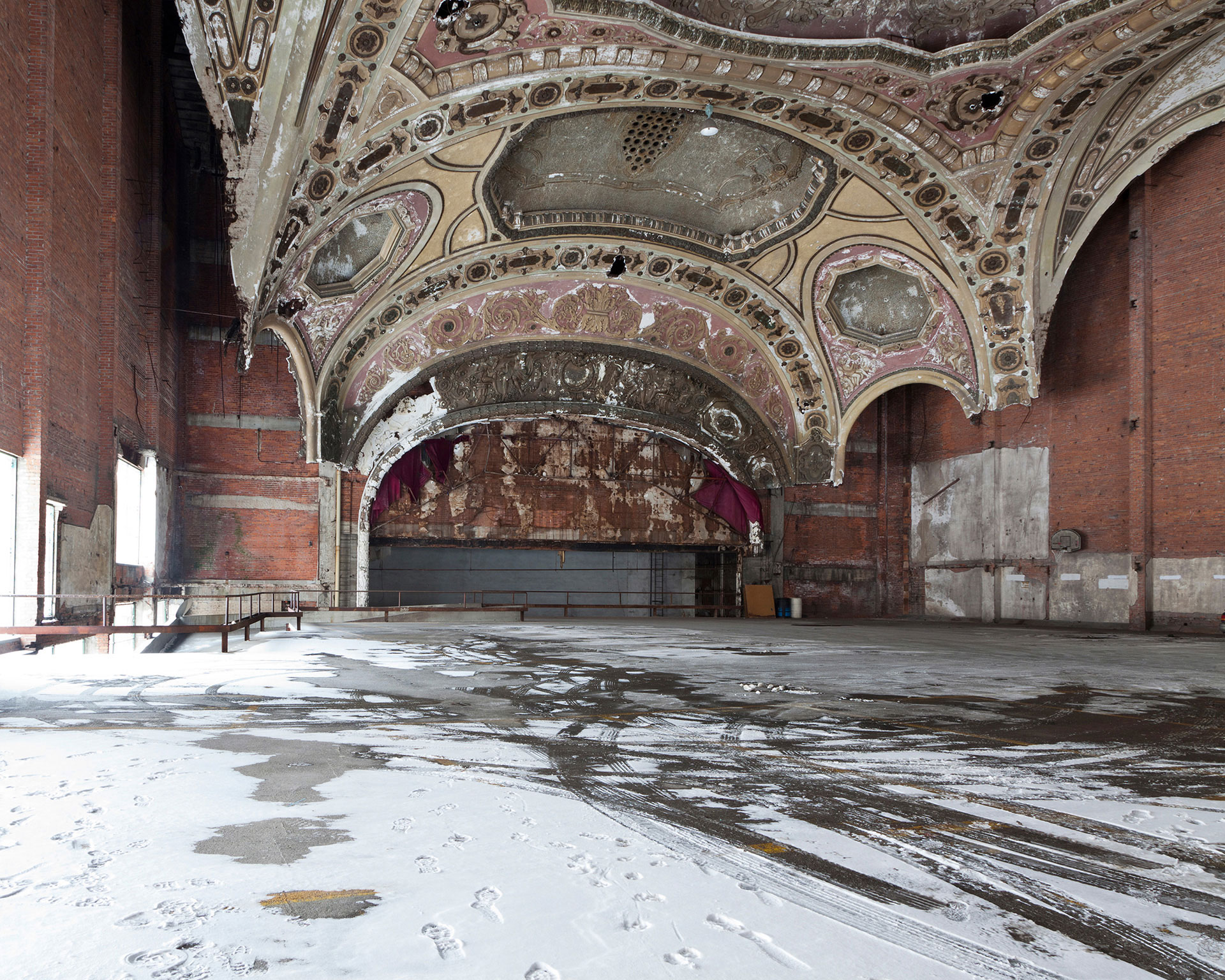
— Detroit is a place that has experienced an active form of self-erasure, transience, and loss, and this feeling has embedded in the psyche of those who live in the city or are passing through. Detroit has also become a sort of a symbol and an omen of the end of the American empire.
I wanted to show the contradictory nature and complexity of Detroit. It remains a city that’s alive, and its demise was to some extent brought about by the well-being of the previous years.
My work explores American mythology, I’m interested in the ideas that persist in our culture to such an extent that they have come to define who we are as individuals and as a people. I believe we are all shaped by the places in which we live, especially if those places have a strong sense of their own mythology. Detroit definitely has that.
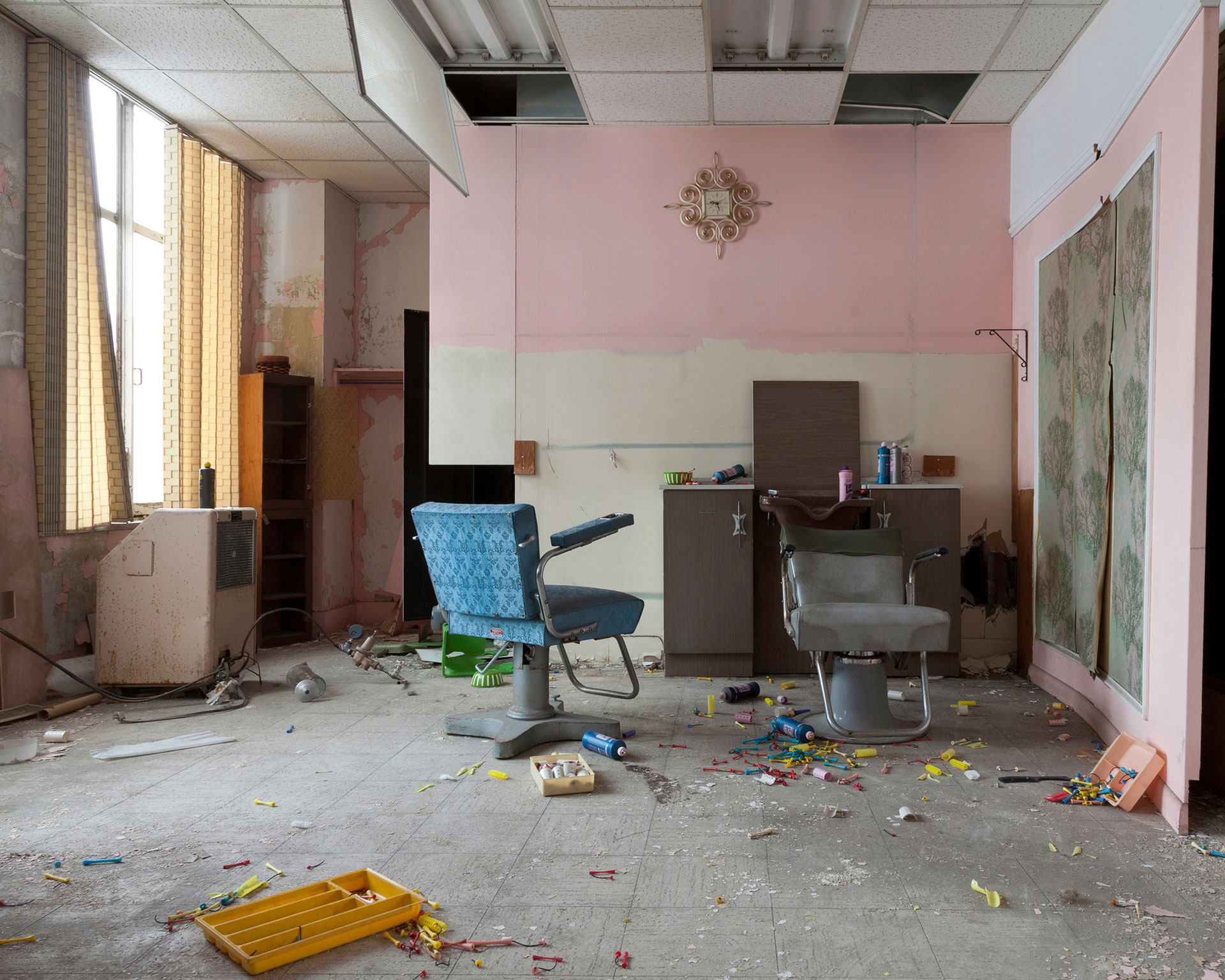
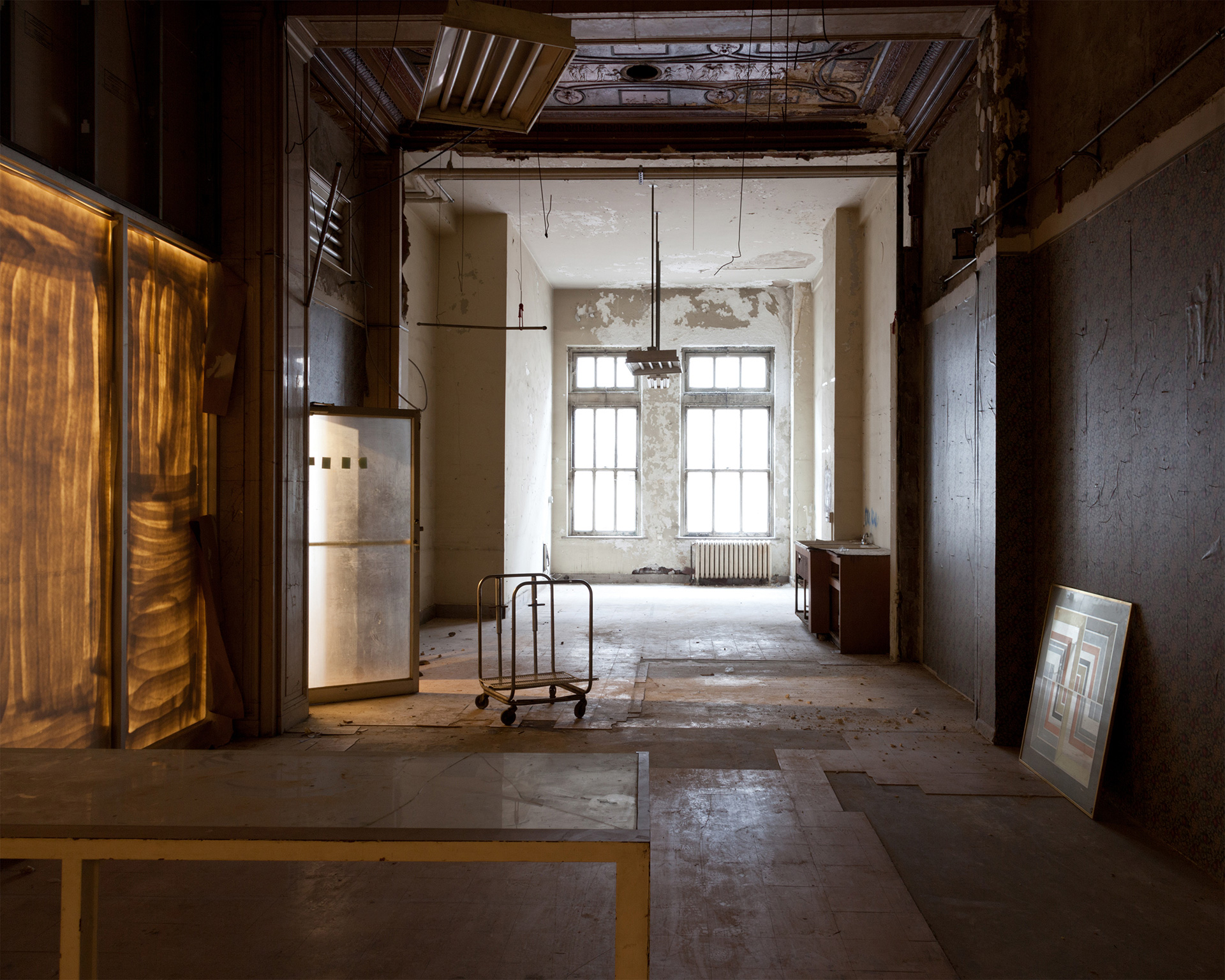
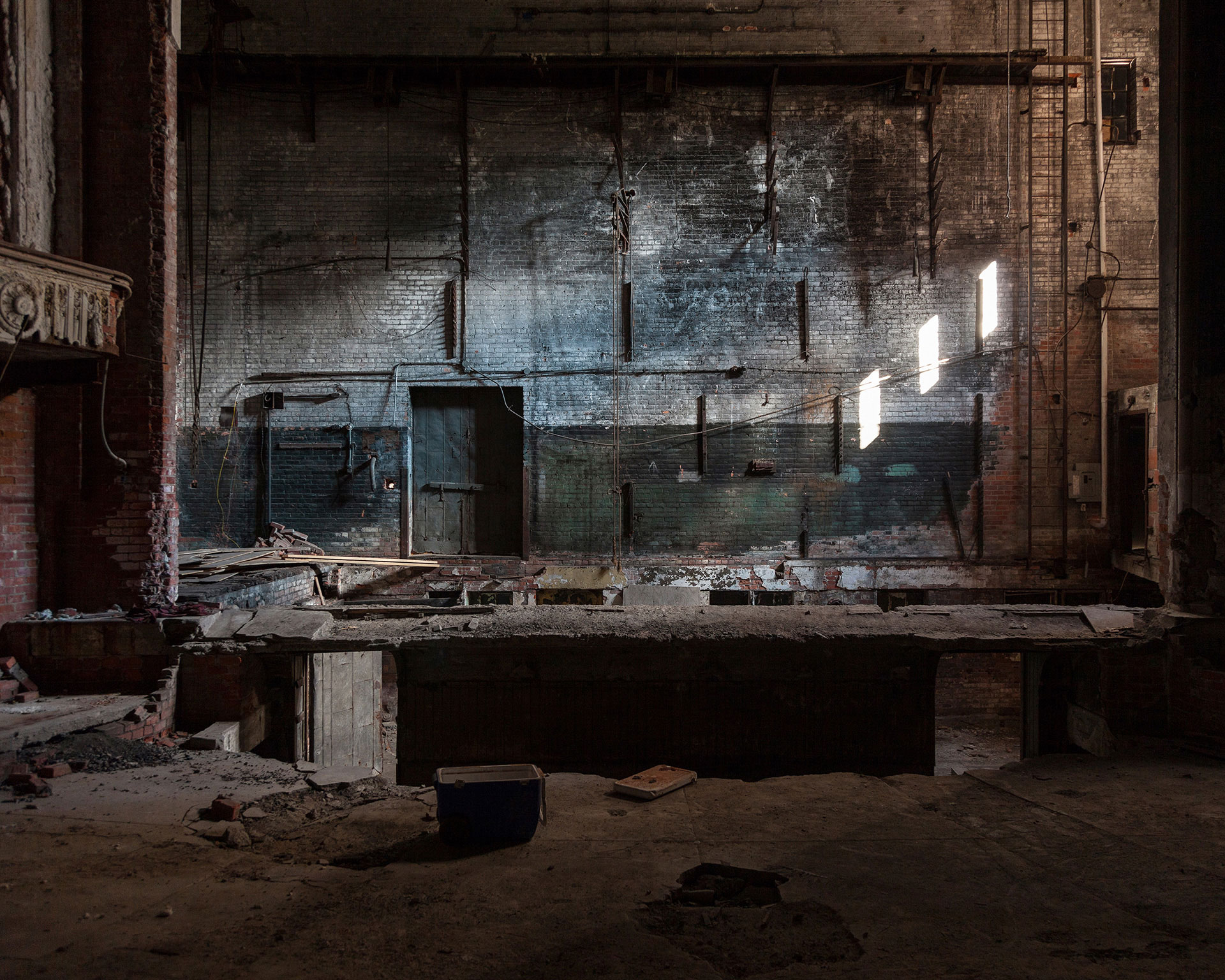
Detroit is not alone, yet it has long been the poster child for urban decline in the United States.
In 2012, the city was on the verge of bankruptcy — this was caused by several factors: racial segregation, outflow of the white population, corruption, aggressive national and even international capitalism.
Many of the places I photographed were abandoned to ruin, and in many there were documents and objects that had been left behind. At first, it didn’t occur to me to investigate those objects in any other way than to document them in images, but at some point, I began to pick them up out of the rubble and separate some from others. I had changed from photographer or witness to archivist or preserver. I had also become a thief, a scavenger, and an archeologist of recently lost things.
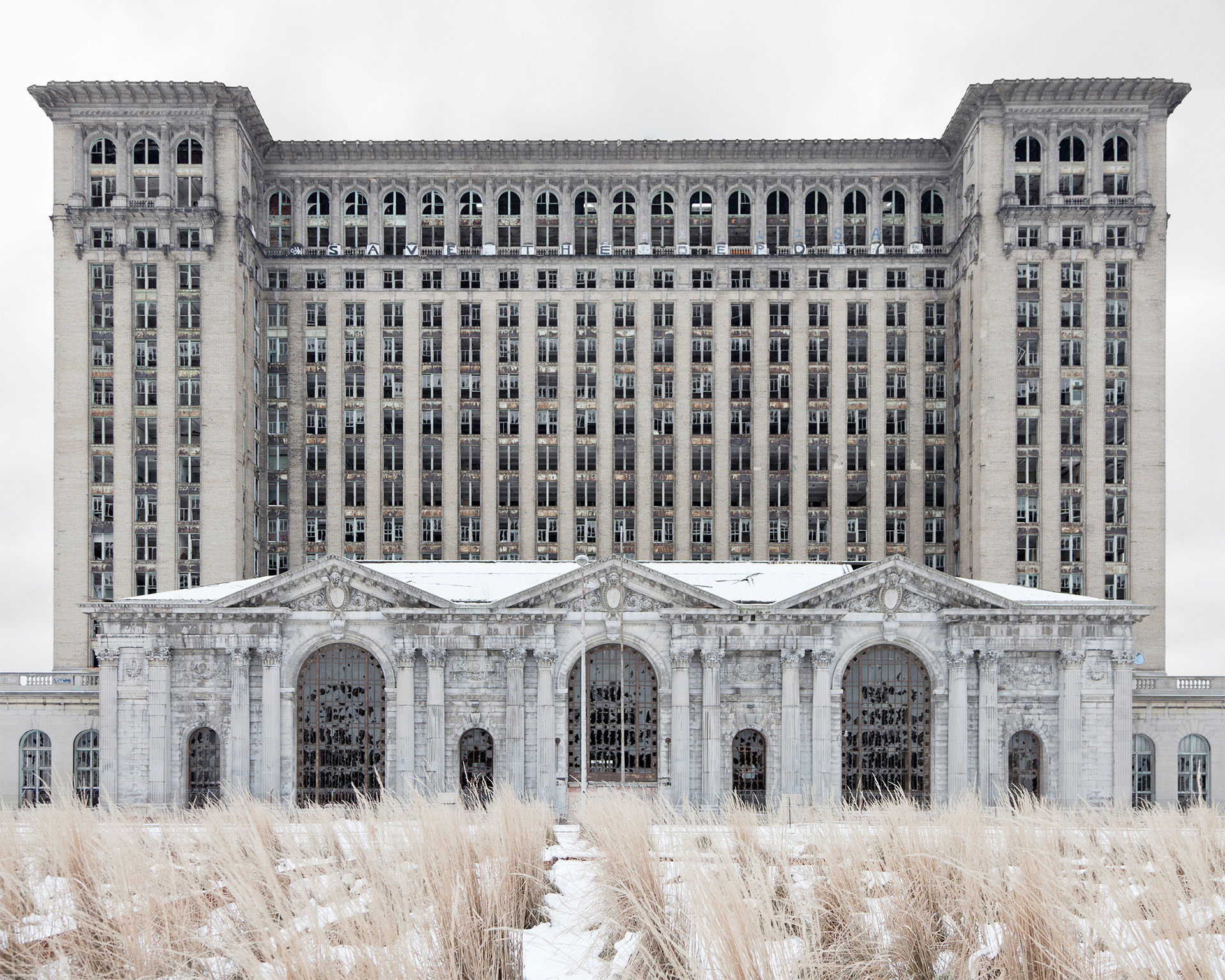
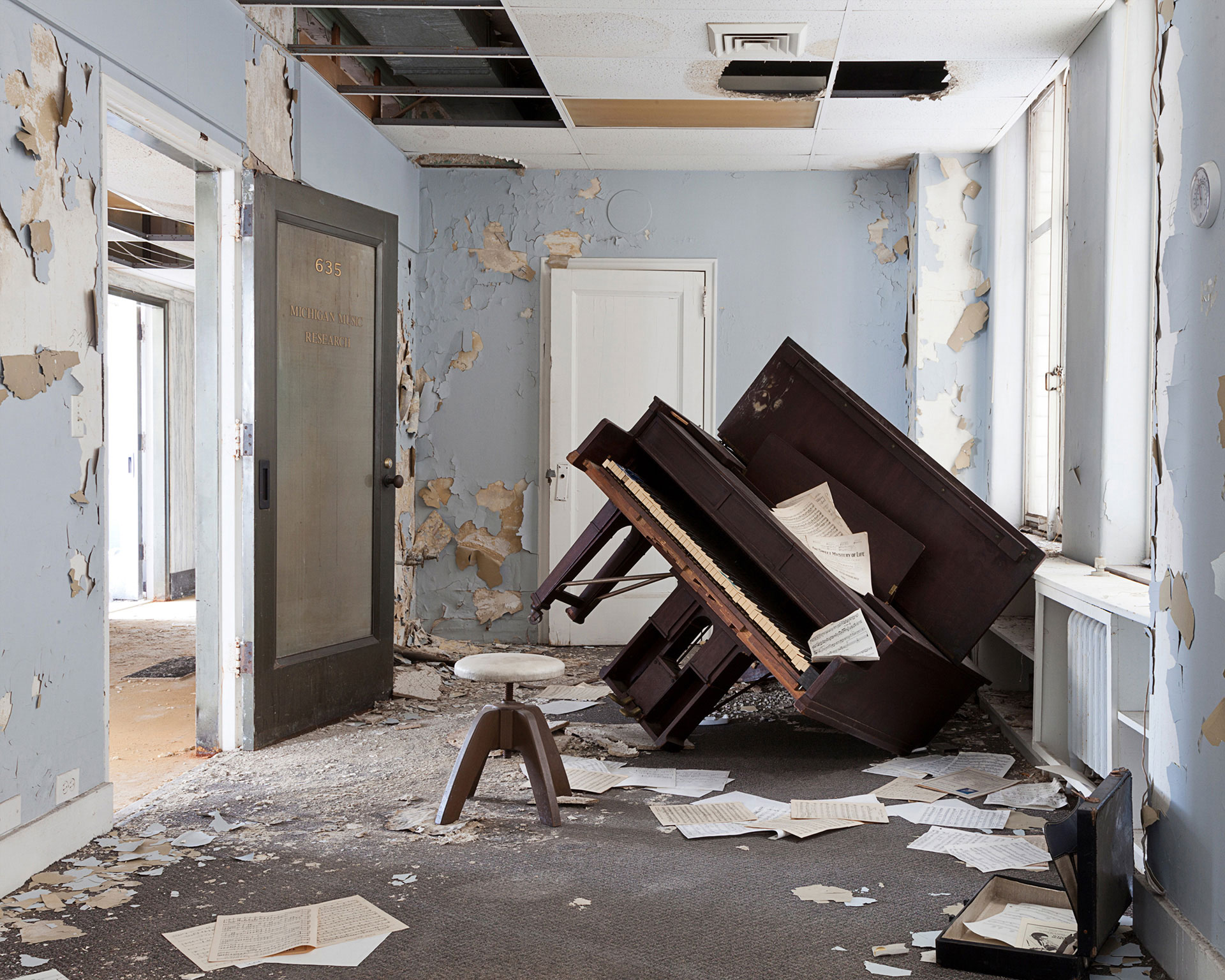
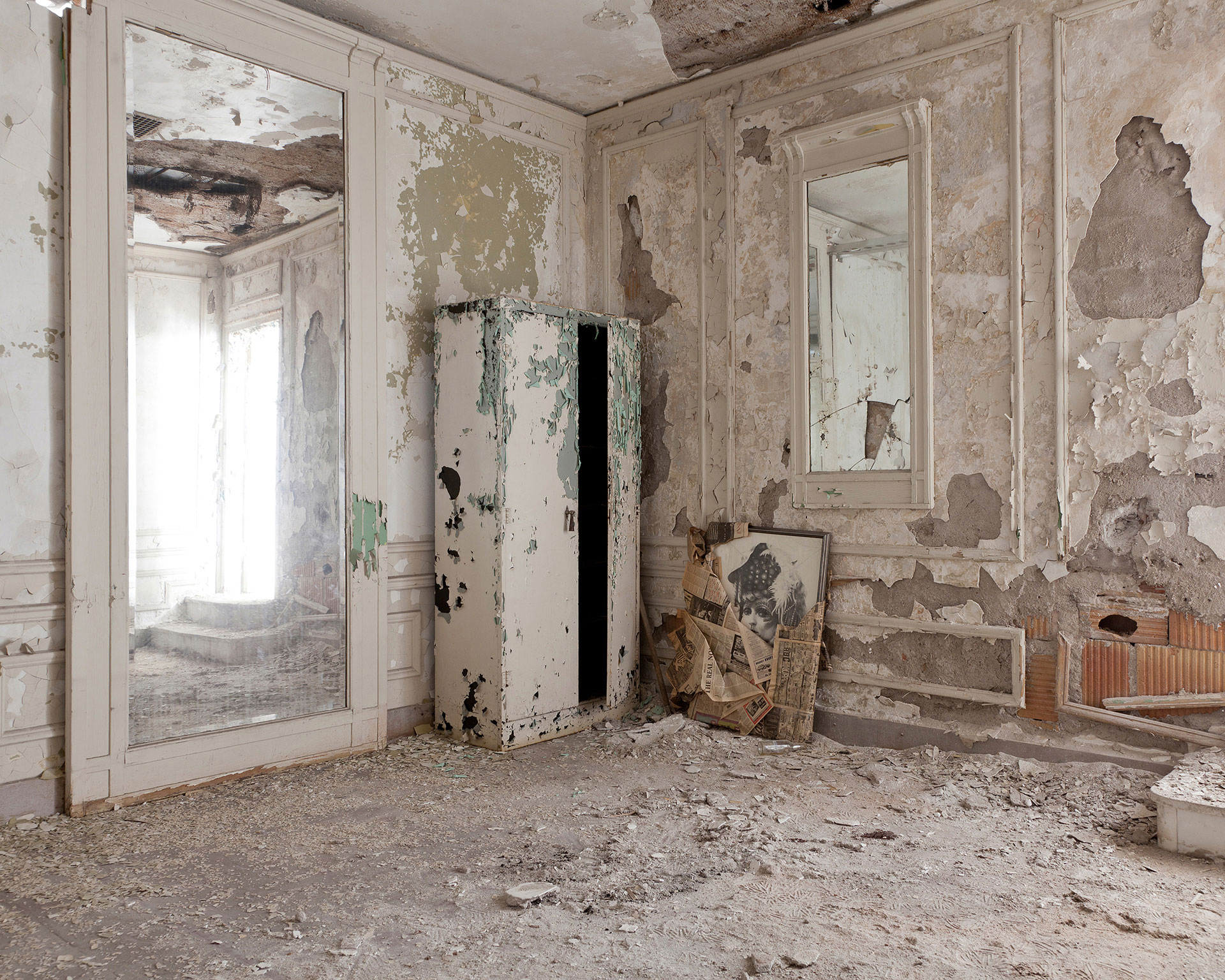
The hardest thing was to shoot inside skyscrapers in the middle of winter: in some of them there is no water or electricity for a long time. At the same time, next to such buildings could well be restored hotels and shops. And in some even the construction crews worked, which tried again to give them an attractive look.
In recent years, Detroit has also become a model for resilience, rejuvenation, and community-based renewal projects. In Detroit there is the sense of a phoenix, perpetually rising from the flames. The city’s motto, chosen after the fire of 1805 that nearly burned the entire city, is: Speramus Meliora; Resurget Cineribus (We Hope for Better Things; It Shall Rise from the Ashes).

